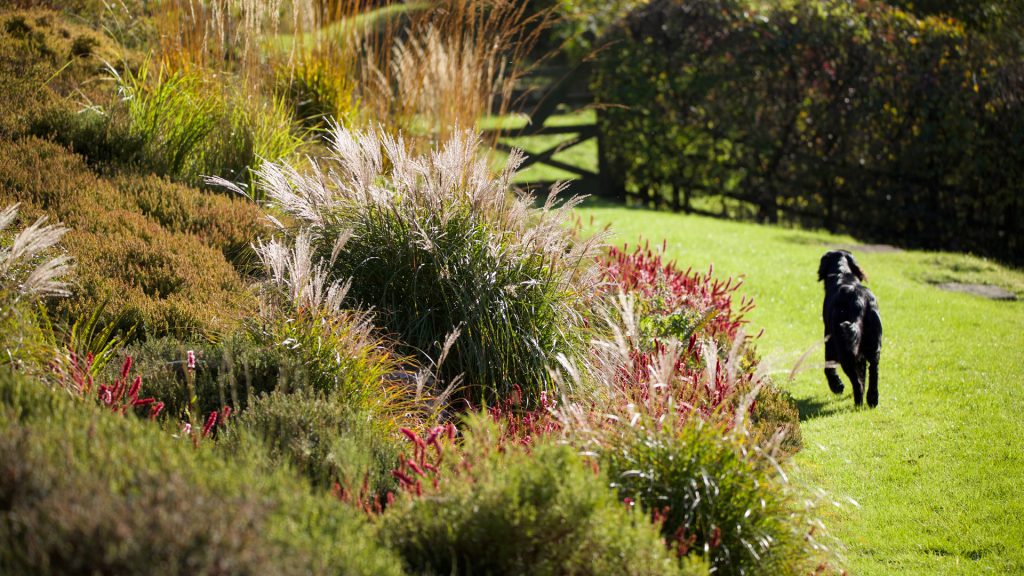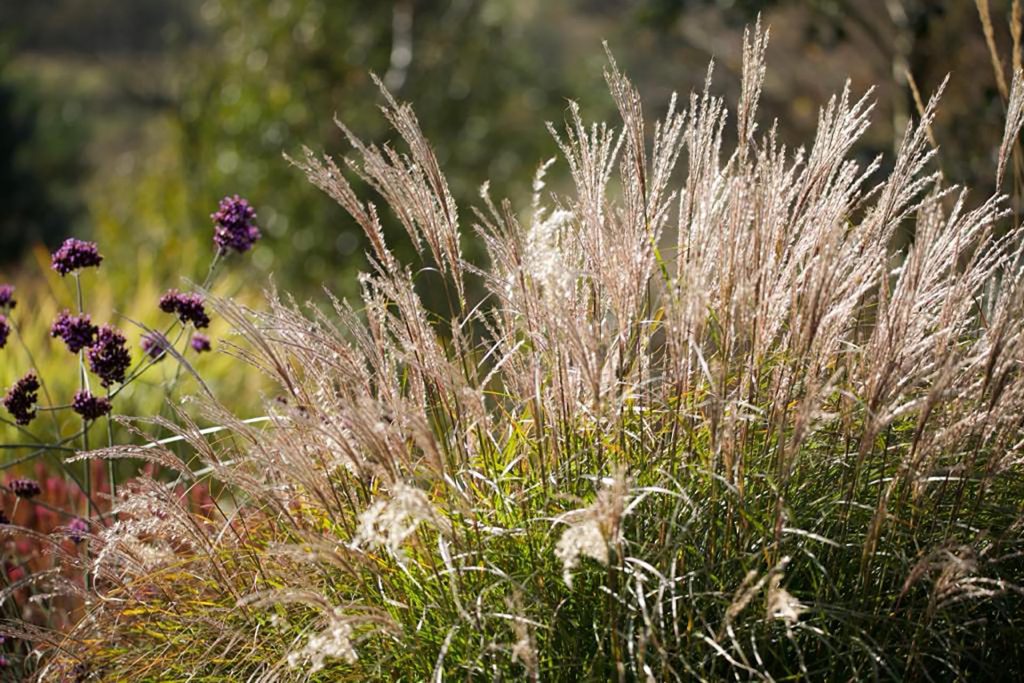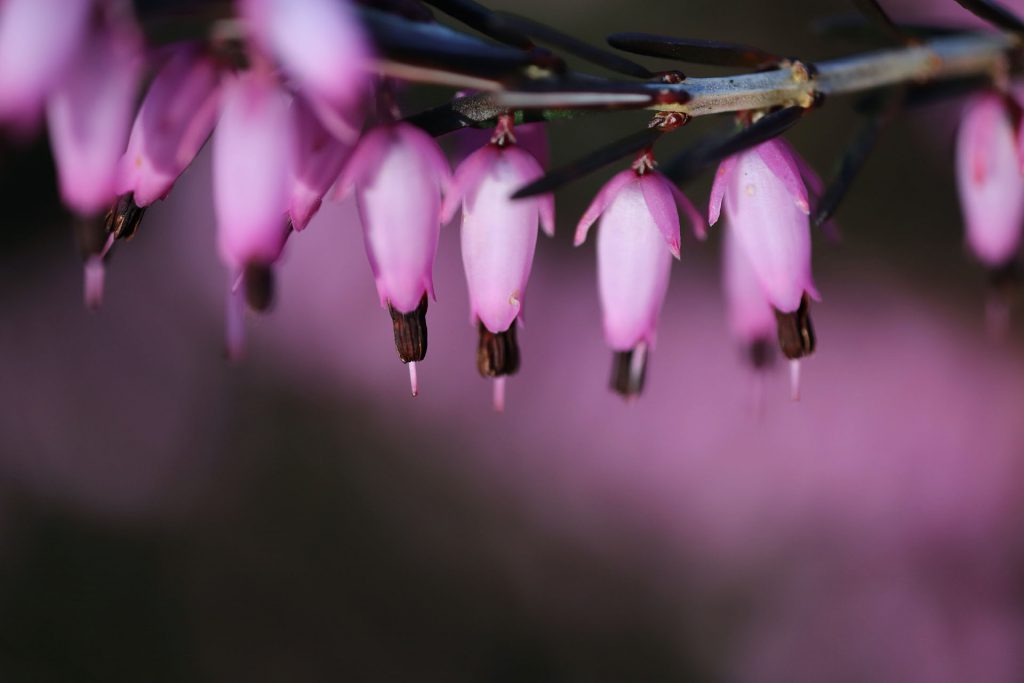When we arrived here, my brief was to give this open site a ‘Sense of Place’. To connect my relationship with this location to the environment, the landscape.
Years Reclaiming Nature
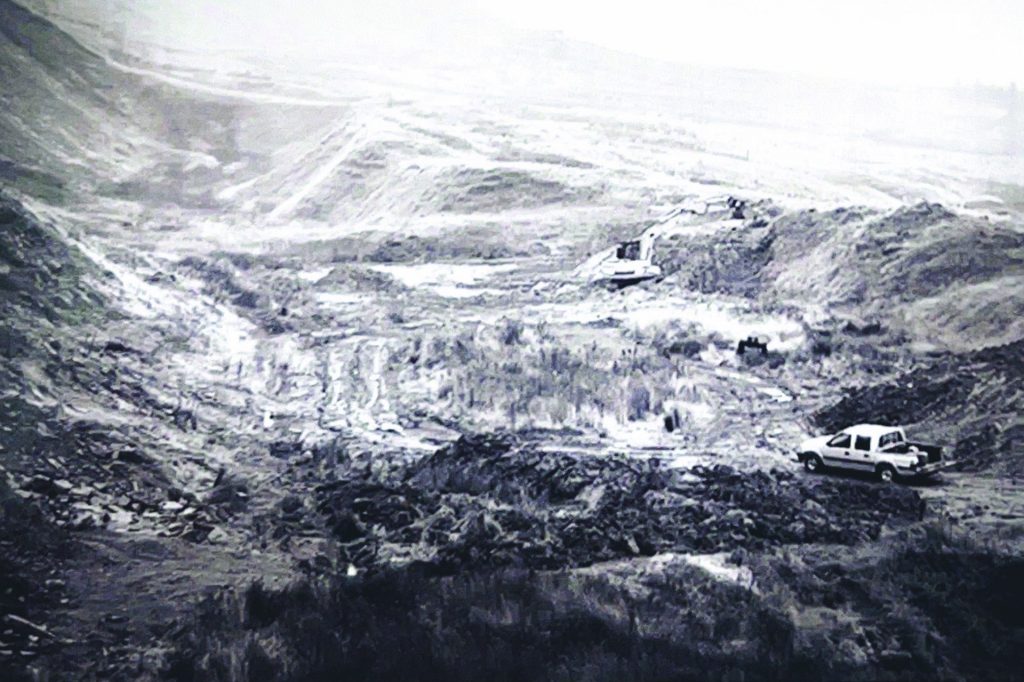
Reclaimed Restoration
A territory where the original morphology of the landscape had been transformed by industrial activity, leaving a wasteland, a place defiled by man, but since the quarrying ended, the site has seen the beginning of a return to nature.
A re-birth.
The wider panorama
how we began
Emulating this Transformation
…anchoring whatever garden we could create within this landscape, where there was no visible boundary between one and the other.

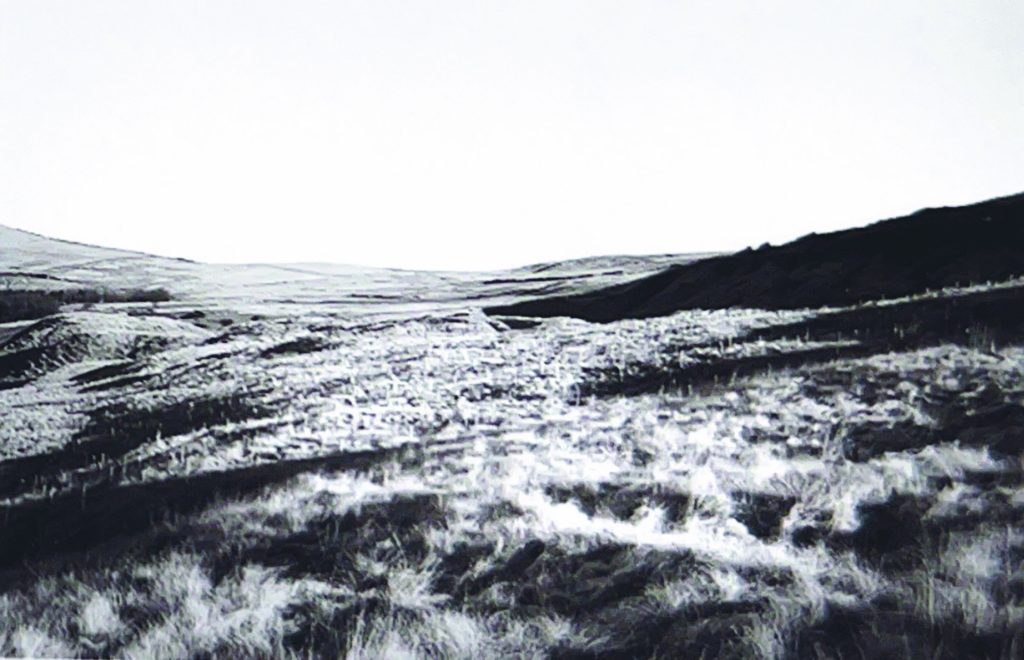
When trying to link and connect the house to the landscape, there was never a boundary, no visible line between the two.
To feel they were one.
The Garden
I never really thought we would have a garden as such. Just ‘taming nature’…
Making the industrial landscape part of the garden and the garden part of the landscape. To feel they were one – a landscape garden, not just a naturalistic garden.
20+
years
Regenerating
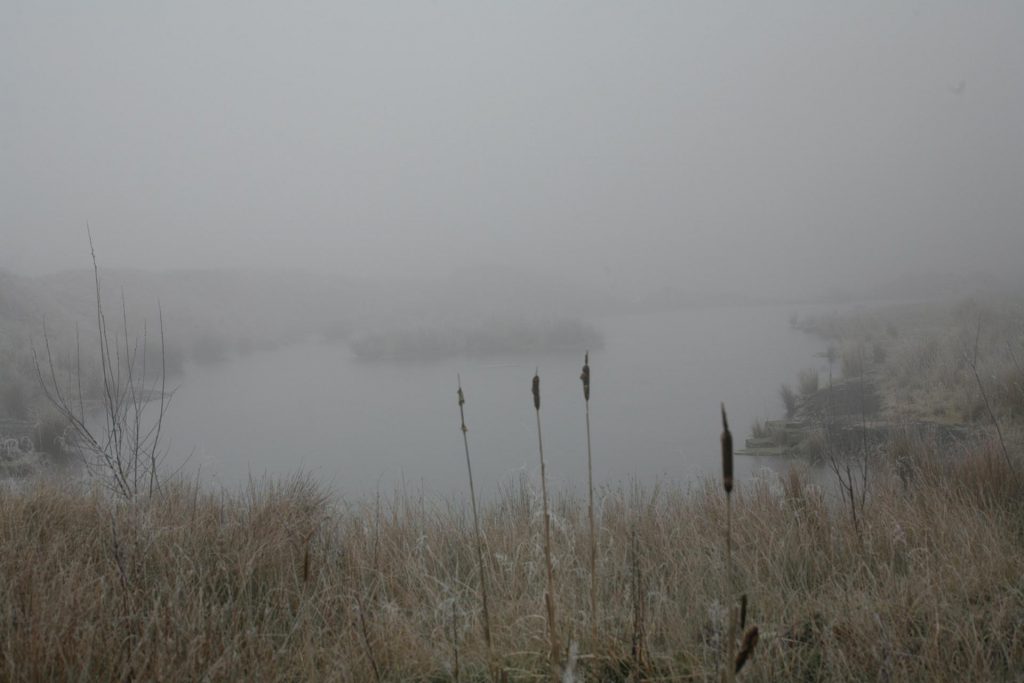
The Quarry
The scars of our industrial past
Our abandoned quarry carries the scars of our industrial past, but steadily the land is being reclaimed by nature. And as custodians of an area with a breathtaking mix of history, industry, geology, wildlife and flora, I am keen to record the land’s journey, development and biodiversity growth, photographing as a log, as a memory in time.
about us
A Section on Statistics
What drives us to keep going in the way that we do.
97%
UK Lost Hay Meadows
750
Diverse Species
20+
active projects
2K+
Instagram Followers
personal development
The need to understand more
…about land management on a larger site scale, has led to personal development. Conflicting advice when searching for answers on how to manage this land and dis-used quarry, I decided to learn more myself, which many studies have been pursued, including an MSc in Conservation Science and Ecology at Lancaster University.
Working to enhance, restore and manage the top field into a flower-rich hay meadow, using traditional practices to increase plant diversity, has put this study of meadow management into practice.

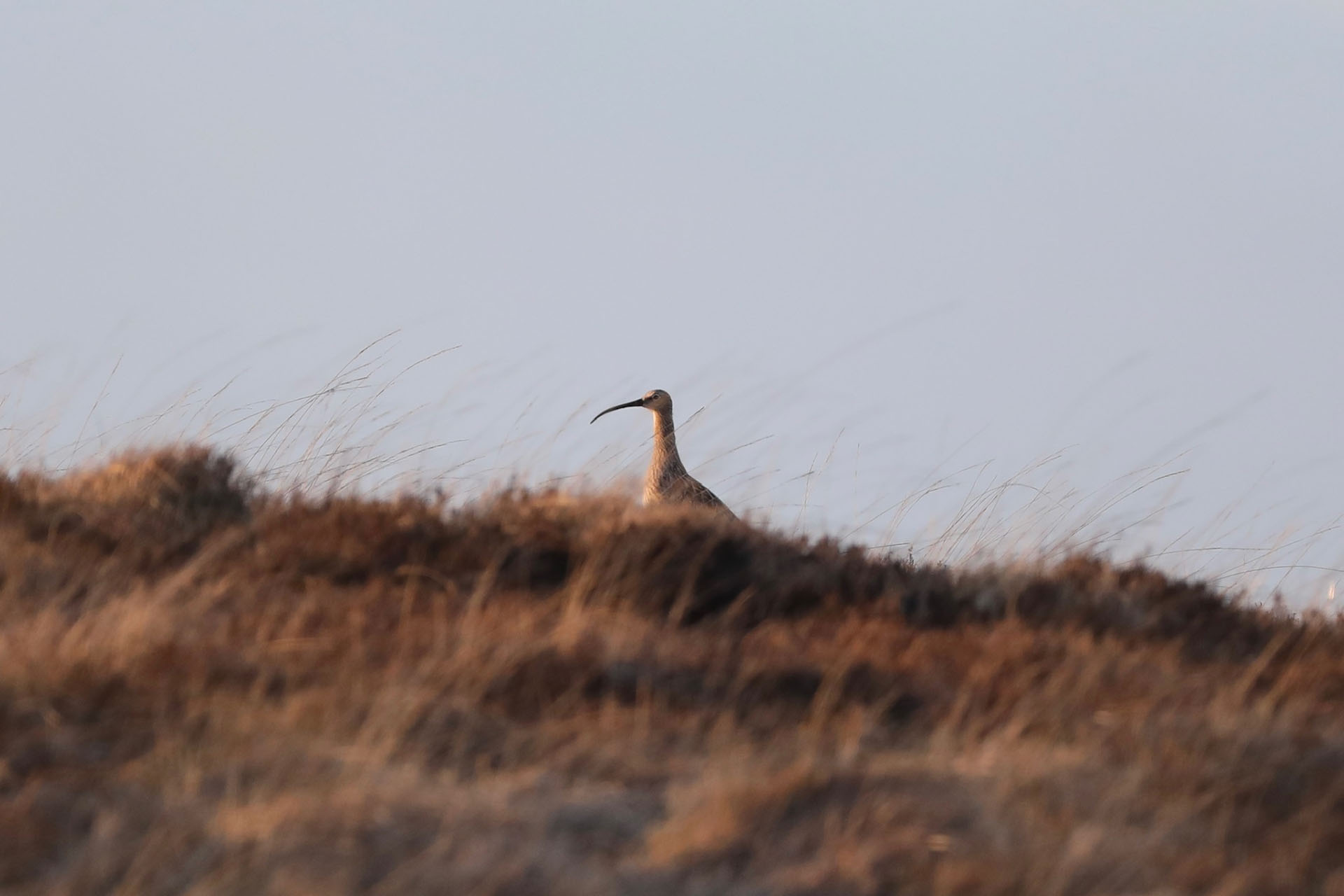
Nationally, 97% of flower-rich hay meadows were lost between the 1930s and the mid-1980s, partly due to agricultural intensification converting ‘herb meadows’ to more productive grasslands dominated by lush grasses.
Creating a wealth of plant species provides more habitats for many different animal species, including the brown hare, insects such as the great yellow bumble bee, and birds such as skylark, curlew, lapwing and twite, to photograph and record, to identify.
Roe Deer Buck
Ecology Recovery
Habitat Corridors
Working with neighbours, we’ve developed shelter belts to create new habitat corridors of hedgerows and woodlands, an ecology’ recovery’ in recovering the land, causing a dramatic increase in biodiversity and the wildlife to thrive. “Rewilding”, in this sense, has naturally brought the return of nature and wildlife to us – right up to our back door. We’re privileged to have 360-degree views and engagement because of this. Kestrels hover above, looking for dinner as we prepare ours in the kitchen. I can step out and capture the moment on camera. I can ‘see’ something extraordinary, something more… I then learn more about behavioural activities.
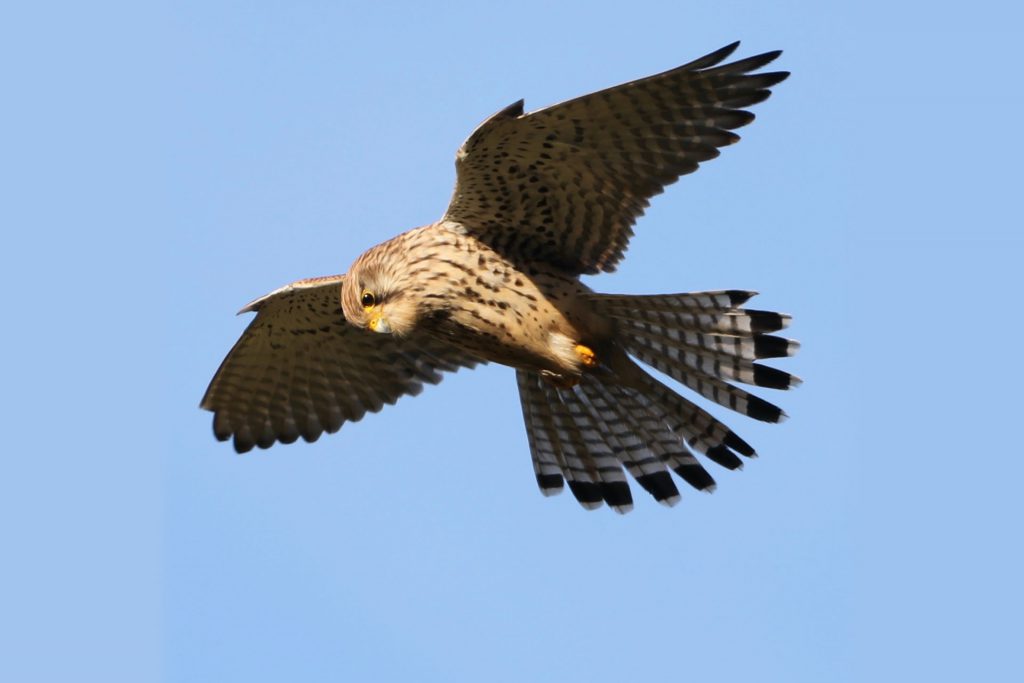

There is an important agenda to grow and connect with the land, with nature, and with people as we continually look to work and develop links with Ecologists in restoring the site. Future aspirations in the discussion are with Moors of the Future. (Watch this space). Evolving the upland areas allows us to share that feeling of freedom when photographing the big skies, producing painterly sunsets and sunrises, and documenting to enthused audiences through our Instagram account.
This is a legacy that I share; through photographing the land, I can see the changes in my relationship with our surrounding environment and my understanding of my place there.
